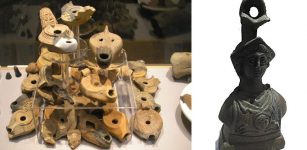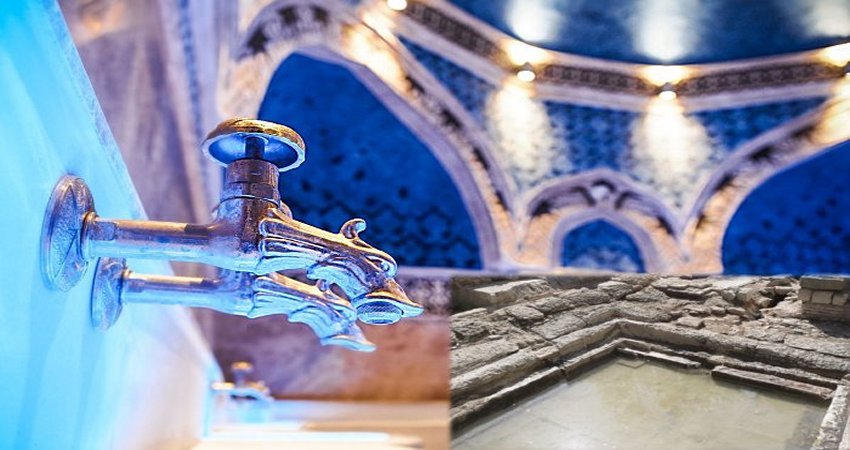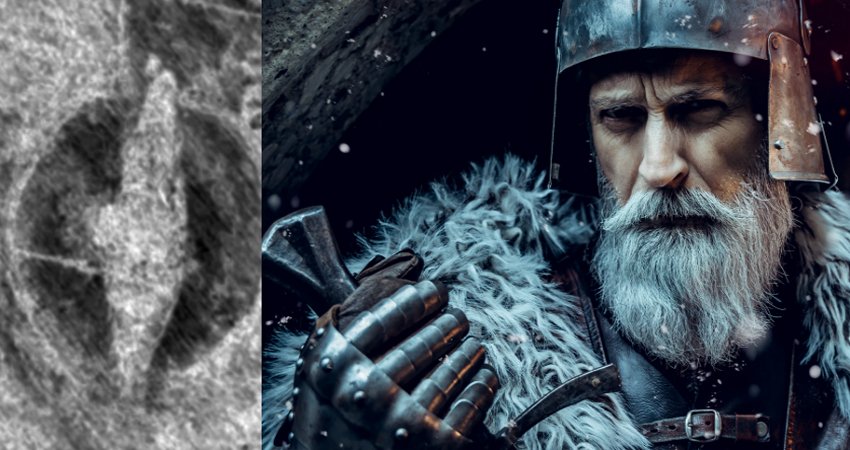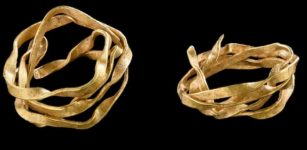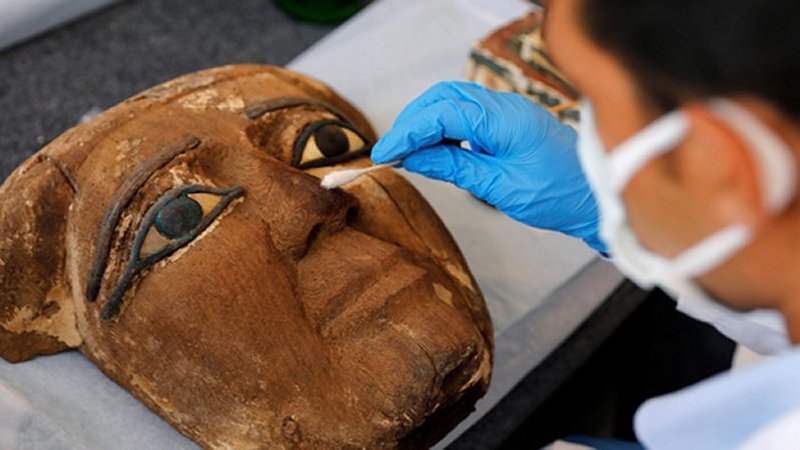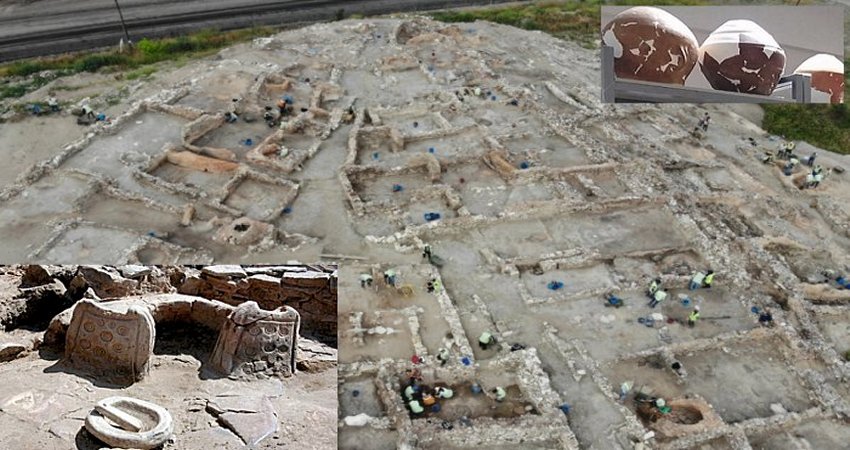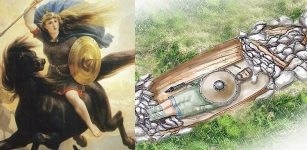35,000-Year-Old Carving Of Bird Found At Cantalouette, France
MessageToEagle.com – During excavations at the Cantalouette site in southwestern France , archaeologists have discovered a 35,000 – 31,000-year old Aurignacian art object.
This object, depicting a bird, contributes to our knowledge of the origins of figurative art, according to press release from INRAP (France’s National Institute of Preventive Archaeological Research).
Cantalouette has already revealed prehistoric occupations from the Middle Paleolithic and Neolithic periods.
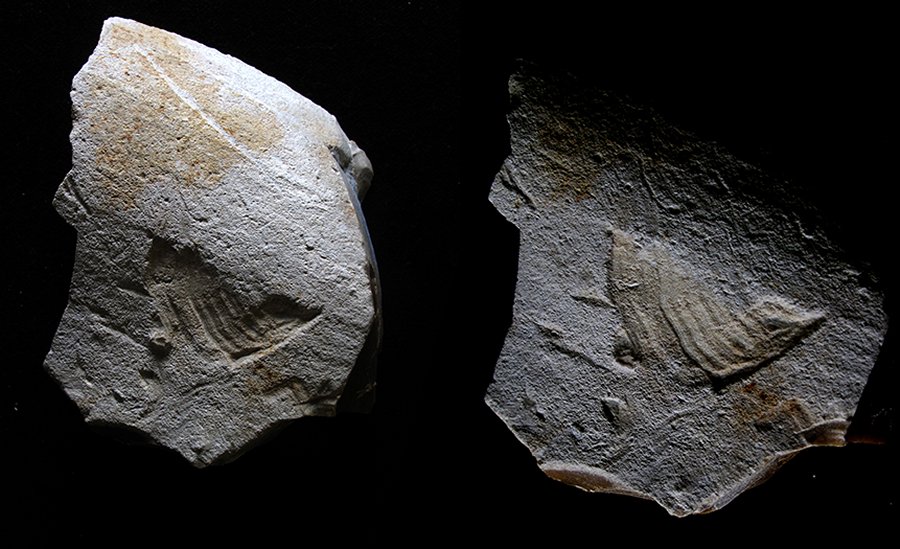
This depiction is very distinct and probably unique in the Aurignacian period, during which Modern Humans arrived in western Europe.
Using a stone tool, an irregular surface was carved into the cortex of the flint flake. The image of a bird was created using “sunk relief” technique, which was identified through microscopic and 3D analyses realized at Cenieh, Burgos, Spain.
The impression of relief was created by making one side lower than the other. The feathers and details of the head—a short and pointed beak, a small eye, and a possible eyebrow—were then engraved. The chest is represented by a nearly straight line. The wings appear to be entirely spread and are represented from a planar perspective with parallel lines depicting the feathers. A small projecting line represents the legs or tail.
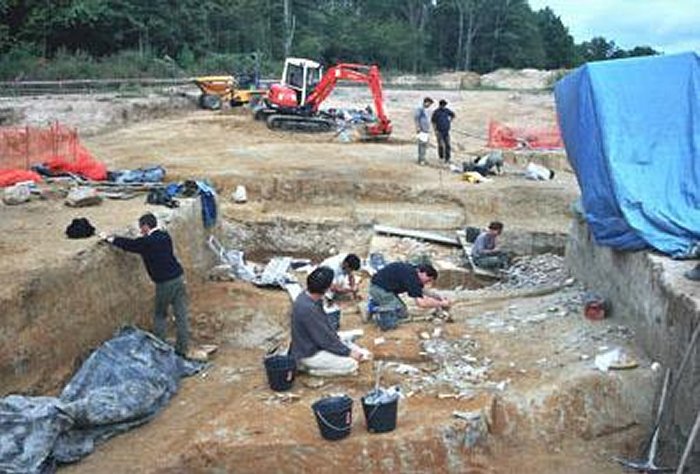
This sunk relief technique was rarely used in Paleolithic art.
This figure could represent one of three bird families present in France 35,000 years ago: passerine, wryneck or phasianidae (perdix or quail). Its posture suggests the bird is drinking, courting or ready to take off. The artist skillfully captured a very precise instant typical of this animal’s behavior.
This engraving is distinct in the rarity of the animal depicted and the use of innovative techniques.
MessageToEagle.com
Expand for referencesReferences:


